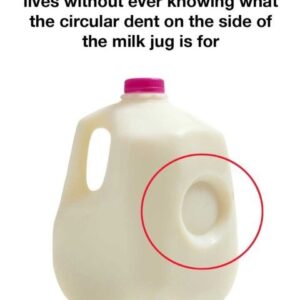Cast iron skillets are valued tools in many kitchens for their durability, heat retention, and longevity when properly cared for.
While they’re excellent for searing, frying, and baking, not every food or cooking method is suitable for cast iron.
Certain ingredients can affect the pan’s seasoning or alter the flavor of your meals, so recognizing what to avoid helps maintain your skillet over time.
Foods that are highly acidic, such as tomatoes or vinegar-based dishes, are not ideal for cast iron. Delicate
items like thin fish fillets may not cook well on the textured surface and can be challenging to handle.
Sticky or sugary sauces can create cleanup difficulties and affect the skillet’s surface. These foods are
often easier to prepare in stainless steel or nonstick pans, which accommodate them more effectively.
Cast iron can also retain strong flavors from previous meals. Using the same skillet for different types of
dishes may lead to noticeable flavor transfer. Boiling food or steaming in cast iron is also not recommended,
as these methods can affect the skillet’s seasoning. Other cookware is more suitable for these types of preparations.
Good maintenance helps preserve cast iron. Dry your skillet thoroughly, apply a thin layer of oil after washing,
and avoid sudden temperature changes. With consistent care—and awareness of which foods to avoid—you’ll enjoy
dependable performance while maintaining one of the most reliable pans in your kitchen.





